Dangerous things happen when people are pushed to the wall!
Throughout history, many governments have learned the bitter lesson. From the ancient rulers in France to the modern Arab world, civilian uprisings have shaken authorities. But how do mass movements emerge?
Of course, mass movements do not just happen. There has to be a trigger. This could be a singular event or a series of events piling up resentment in the masses.
“The people accused the parliament of deliberately pushing laws that would exclude the candidates of opposition parties from running in the forthcoming elections.”
Sometimes it could be rising cost of food, an unbearable hike in taxes, or the government’s inability to account for funds. Other times, it could be police brutality, a rigged election, or, as is common in many parts of Africa, an unwanted extension of a government’s time in office.
Most of the time, these mass protests turn chaotic. Lives are lost, people are injured, and properties are damaged.
Understanding the Spark: Why Mass Movements Begin
To fully understand what leads to mass movements, it is essential to examine real-life instances. For example, in the Indonesian mass protest of August 2024, a move by parliament to alter election laws led tens of thousands of people to the streets.
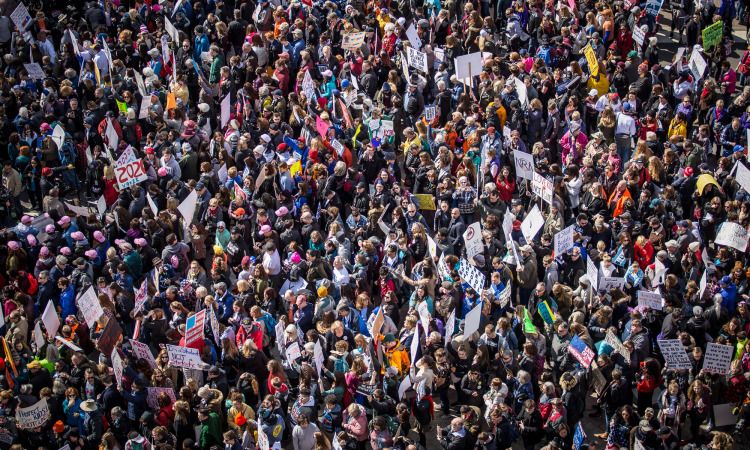
The people accused the parliament of deliberately pushing laws that would exclude the candidates of opposition parties from running in the forthcoming elections. Protesters surrounded the parliament building and tried to tear down its gates.
The parliament later bowed to the people’s wishes. They stopped their plans to revise the election laws.
Another mass protest that will provide us with deep insights is the 2020 Belarusian anti-government protest. Also called the “Slipper Uprising,” the protest was sparked by the unsatisfactory conduct of the country’s 2020 elections.
Allegations of widespread malpractices tainted the polls. People cited instances of ballot stuffing with fake voting papers, falsification of voting figures, and the oppression of opposition candidates by the government.
“Throughout history, there have been scores of mass movements. People have always stepped out in numbers fueled by a common goal.”
After counting, the election authorities ascribed 80% of the votes to sitting president Alexander Lukashenko. This was a landslide victory that elongated his 26-year rule.
In addition, the people were tired of the harsh economic conditions under his rule. They also protested against the authoritarian nature of the regime. The government responded to the protest with brutality.
The protest ended after about 6 months due to an intense government crackdown on the protesters. President Lukashenko retained his hold on power.
As tough as these protests were, there are many more intense ones to come. Let’s take a look at some of the most significant and memorable mass demonstrations in history.
5 Notable Mass Movements in History
Throughout history, there have been scores of mass movements. People have always stepped out in numbers fueled by a common goal. Here are some notable examples, along with the triggers that prompted them.
1. Storming the Bastille: Psychology of the French Revolution
In 1789, the French people protested against hunger and poverty. They stormed a prison known as the Bastille and freed thousands of prisoners.
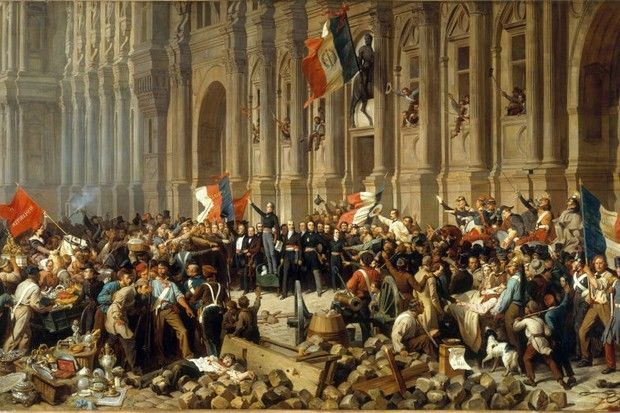
It was during the reign of the unpopular King Louis XVI. Bread prices had skyrocketed and were now far out of the reach of the majority of citizens. Many people were groaning from starvation. In contrast, a few were swimming in abundance.
The French people had been bearing the situation for many years until King Louis introduced the final straw. Instead of tackling the food crisis, he increased taxes even more. The masses were enraged, and all hell broke loose, marking the beginning of the French Revolution protests.
On July 14, crowds of people invaded the Bastille and freed the prisoners. This was a message to the royal family. Its authority had been swallowed up by the collective anger of the people.
2. The Arab Spring
In the 21st century, the muslim world was shaken to its foundations. A series of uprisings erupted. It began among the Arabs before spreading to the Persian world. It led to what is now known as the Arab Spring.
The spark of the Arab Spring came on December 17, 2010. Mohamed Bouazizi, a street vendor in Tunisia, set himself ablaze in front of a government building. The 26-year-old was fed up with the harsh economy and police harassment.
“Setting himself ablaze was the psychological trigger that society needed.”
The police had seized his food cart and demanded a bribe before releasing it. After many unsuccessful attempts to obtain justice, he decided to take drastic action.
Setting himself ablaze was the psychological trigger that society needed. After he was burned to death, hundreds of thousands of angry Tunisians fed up with the government, camped on the streets for weeks demanding a change of government.
Not long after, the flames of the movement spread to neighboring Egypt. Motivated by the happenings in Tunisia, Egyptian youth groups called for mass protests.
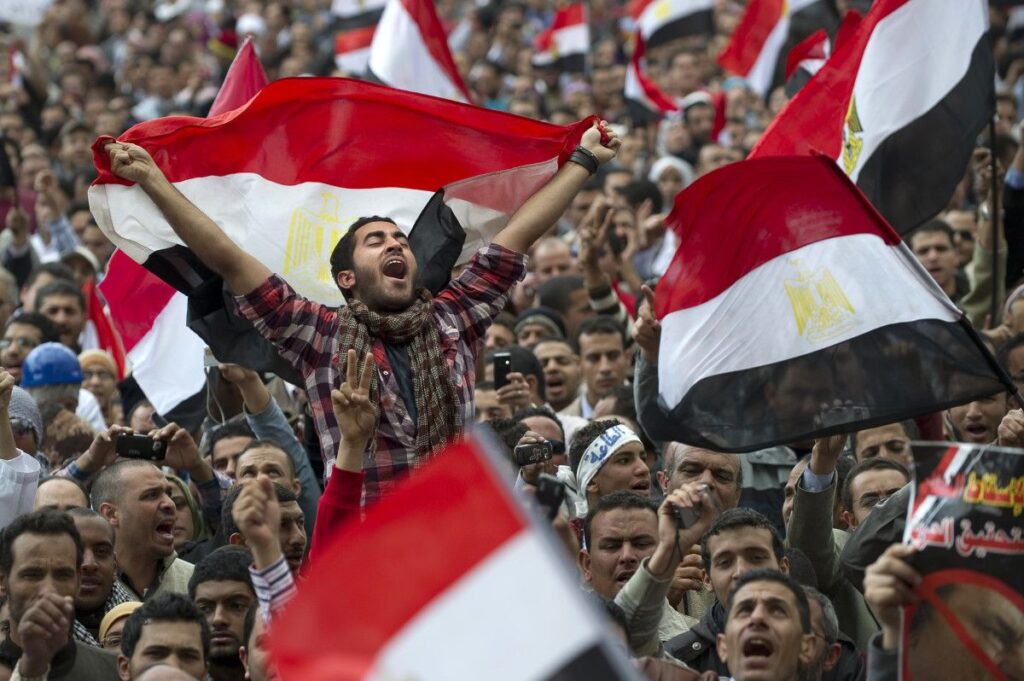
Notable among the groups was the April 6 movement created to demand accountability for the death of a young man who was beaten to death by the police. The incident happened on April 6, 2010.
Added to the anger over the poor economy, Egyptian youths demanded a change of government. Tagged the “Day of Rage,” Egyptian youths converged at Tahrir Square on January 25, 2011, to register their anger. A similar situation occurred in Libya, Syria, and Yemen, where citizens took to the streets to rebel against authoritarian rule.
The Arab Spring protests led to the removal of Presidents Zine El Abidine Ben Ali of Tunisia, Ali Abdullah Saleh of Yemen, and Hosni Mubarak of Egypt. Libya’s Muammar Gaddafi died in the process. Only Bashar al-Assad of Syria remained in office.
3. The Tehran Protest 2022: The Struggle Over Dressing
It took a little over 10 years since the Arab Spring for the Persians to experience their own share of turbulence. The Tehran protests began in September 2022 and were a historic rebellion against the country’s religious government.
The protest was sparked by soaring inflation, unemployment, and gender oppression. The “Woman, Life, Freedom” protest, as it was called, began after the death of Mahsa Amini, a 22-year-old woman.
Amini was killed on September 16, 2022, after government agents arrested her for improperly wearing her hijab. Reports say she was beaten to death in custody.
The incident led to anger among the womenfolk over the harsh enforcement of Islamic dress rules. The resulting protests spread to 80 cities, with women gathering to burn the hijab in public.
4. Resistance in the Streets: Kenya’s Cost of Living Protests
On the streets of Kenya in Eastern Africa, angry sections of the population registered their frustration over inflation and the rising cost of living. One notable example occurred in 2023.
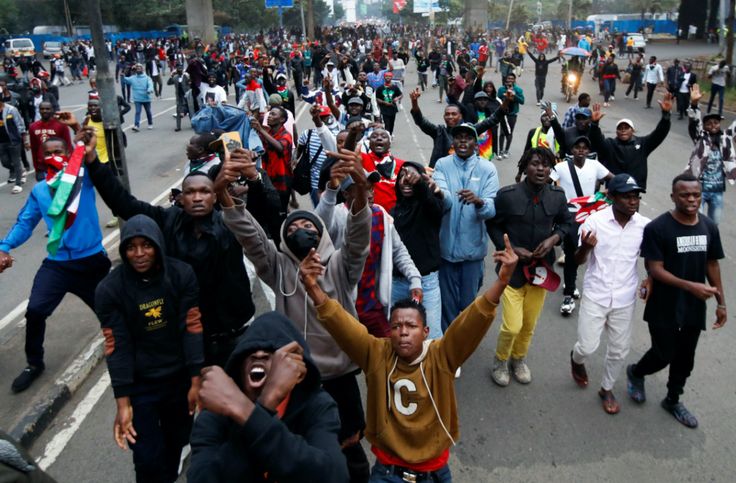
That year, the nation was divided by a keenly contested election that gave President William Ruto a slender lead. Opposition leader Raila Odinga had led a mass protest over the result. However, for the rest of the country, Ruto was the one who delivered the masses from hardship.
Barely a year into office, President Ruto and his party members proposed a law that would turn even his supporters against him. It was the 2023 Finance Bill. The bill increased levies on petroleum products and housing. Consequently, transportation and food costs also rose.
“Social media was filled with pictures and videos of the protest, which was yet another episode in the notorious history of civil unrest in Africa.”
The following year, the government proposed yet another tax raise. The Finance Bill 2024 would increase taxes on everyday items, including bread, cooking oil, and sanitary products. It would also raise taxes on electronic money transfers. This time, the population vowed to resist it.
A massive protest soon erupted. Kenyan youths invaded the nation’s legislative house but were repelled by security forces. For weeks, the streets, especially in the capital, Nairobi, were occupied.
The 2024 Kenya mass protest attracted global attention. Social media was filled with pictures and videos of the protest, which was yet another episode in the notorious history of civil unrest in Africa.
Police and military personnel were brutal in their response. They shot at protesters with live rounds, rubber bullets, and water cannons. Dozens died as a result. President Ruto later bowed to pressure and refused to sign the bill.
5. Land, Identity, and Survival: Indigenous Movements in Canada
For many decades, the indigenous people of Canada have led multiple mass movements against the government. They have been steadfast in the fight for their rights and their land.
One of the biggest and most chaotic of these mass protests happened in 1990. The Oka Crisis of 1990 sparked a national awareness about the plight of Indigenous people like never before. You wouldn’t believe what sparked the movement.
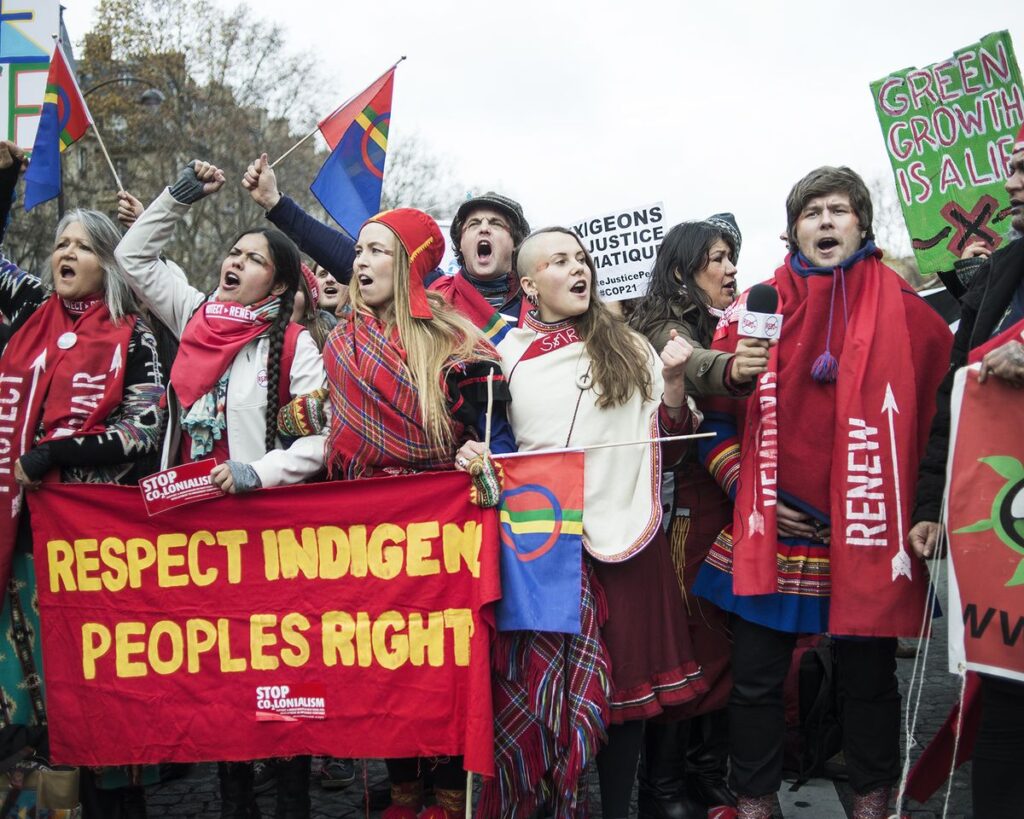
The 78-day protest started after the government decided to expand a golf course. The problem was that the extended golf course was going to encroach on the Mohawk community in Kanesatake, Quebec.
The community resisted the move. They wouldn’t sit and watch the desecration of their ancestral ground. Moreover, part of the affected area was a burial ground. The people decided to erect a blockade to protect their sacred land.
“Across centuries, it has become clear that the collective will of the people is stronger than any government or authority.”
The move wasn’t going to discourage local authorities who dismantled the baricades. Angered by the move, the community resorted to physical confrontation with government officials. Local warriors blocked major roads in protest.
Angry road users clashed with local activists in what was the first significant escalation of the conflict. The government had to send 2,500 soldiers to bring the situation under control. The superior might of the military forced the villagers to back down.
This incident, rather than suppressing the campaign for the rights of indigenous people, further strengthened it. It also led the British government to reflect on its colonial legacy in Canada.
What Mass Movements Reveal About Human Psychology and Power
People have a breaking point!
As humans, there’s only so much we can bear under misrule and oppression. Across centuries, it has become clear that the collective will of the people is stronger than any government or authority.
On the other hand, governments and rulers have consistently demonstrated that their first move is to ignore agitation. Then they attempt to suppress it through force rather than engaging in dialogue with the aggrieved parties.
From all indications, there will be many more confrontations between leaders and the masses in the future. How the authorities respond to these mass movements is crucial. It is better to address a problem than dismiss it.
Which of these mass protests we’ve mentioned were you most sympathetic to? Which mass movement near you do you remember?

